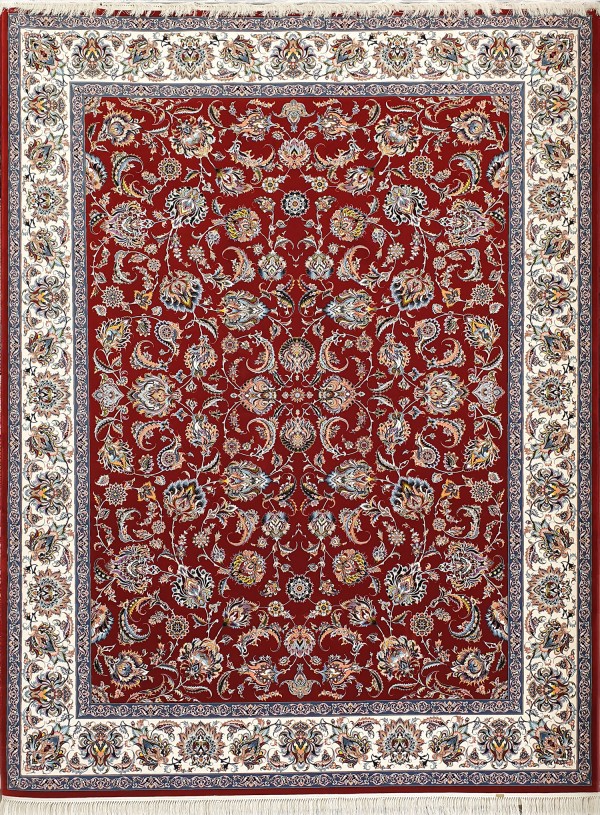

Persian Rugs : A Timeless Art in Interior Decoration
Persian handwoven rugs are one of the most important decorative elements in interior design. They not only enhance the beauty of a space but also hold great cultural and artistic value. With various styles and patterns available, choosing the right rug can add a distinctive touch to any setting. In this article, we will explore the different designs of Persian handwoven rugs and see how each of these patterns can complement various interior styles. Understanding these designs will help you make the best choice for your home decor.
Why is Understanding Rug Designs Important?
Handwoven Persian carpets feature a diverse array of designs, each deeply rooted in the art, culture, and traditions of different regions of Iran. Traditional and classic Persian designs remain highly popular due to their intricate craftsmanship and elegance, earning them recognition as some of the most valuable artistic creations. In this section, we will explore the most significant and renowned traditional and classic Persian carpet designs.
The Shah Abbasi design, named after the Safavid ruler Shah Abbas, is one of the most iconic Persian rug patterns. It features large floral motifs known as Shah Abbasi flowers, often combined with Islimi (arabesque) and Khatai (floral vine) motifs to create an intricate, elegant composition. This design is commonly woven in Isfahan, Tabriz, and Kerman.
✔ Large, stylized floral motifs
✔ A blend of Islimi and Khatai patterns
✔ Warm and rich colors such as red, navy blue, and cream

Unlike many traditional Persian rugs, the Afshan design does not have a central medallion or defined corner patterns. Instead, floral motifs and vines are spread evenly across the rug, creating a harmonious and lively appearance. This design is often seen in Kashan and Isfahan rugs.
✔ No central medallion or corner elements
✔ Scattered floral motifs for a natural, flowing aesthetic
✔ Gives a refreshing and vibrant look to interiors
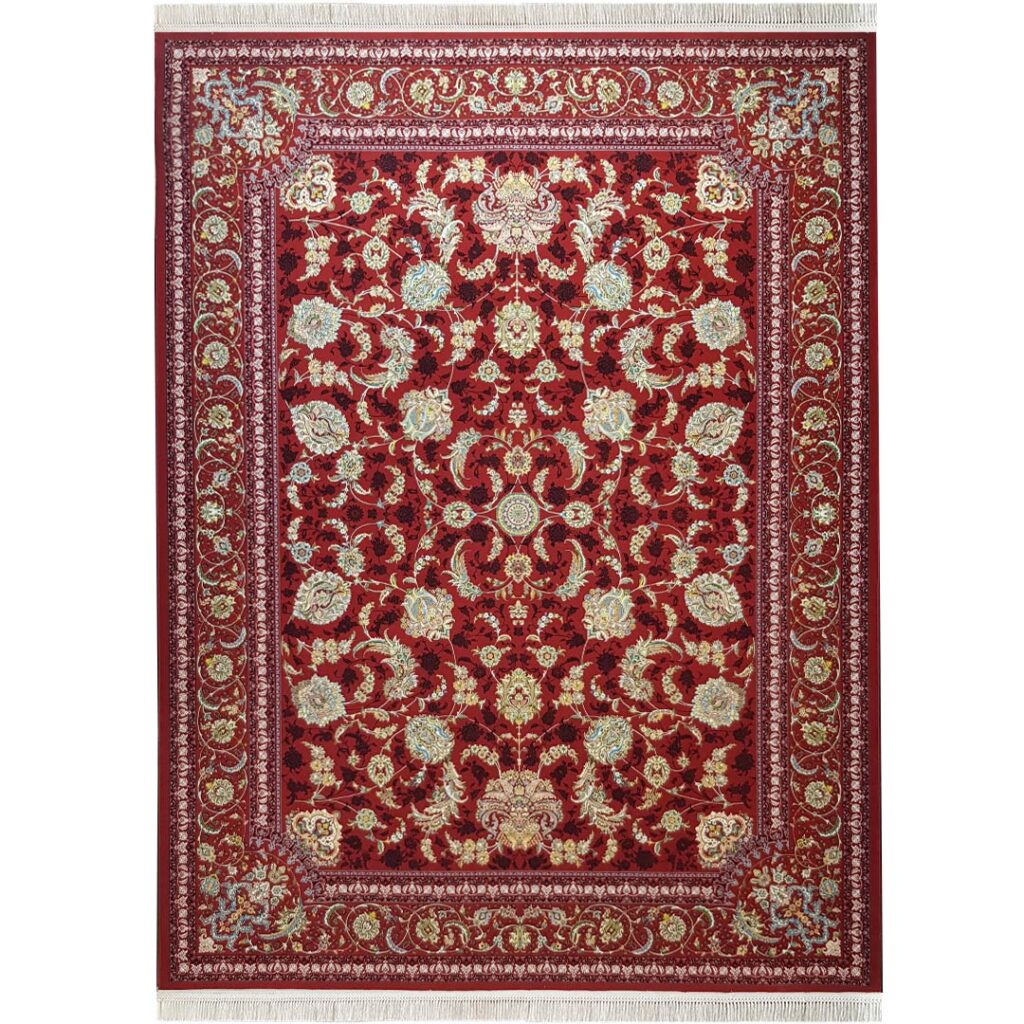
The Islimi design is one of the oldest and most artistic Persian rug patterns. Inspired by Islamic architecture and calligraphy, it consists of curved, interwoven vines and floral motifs. This design reflects the beauty of continuous growth and movement, symbolizing eternity.
✔ Elaborate, interwoven vine motifs
✔ Inspired by Persian-Islamic architecture
✔ Ideal for traditional and luxurious home decor
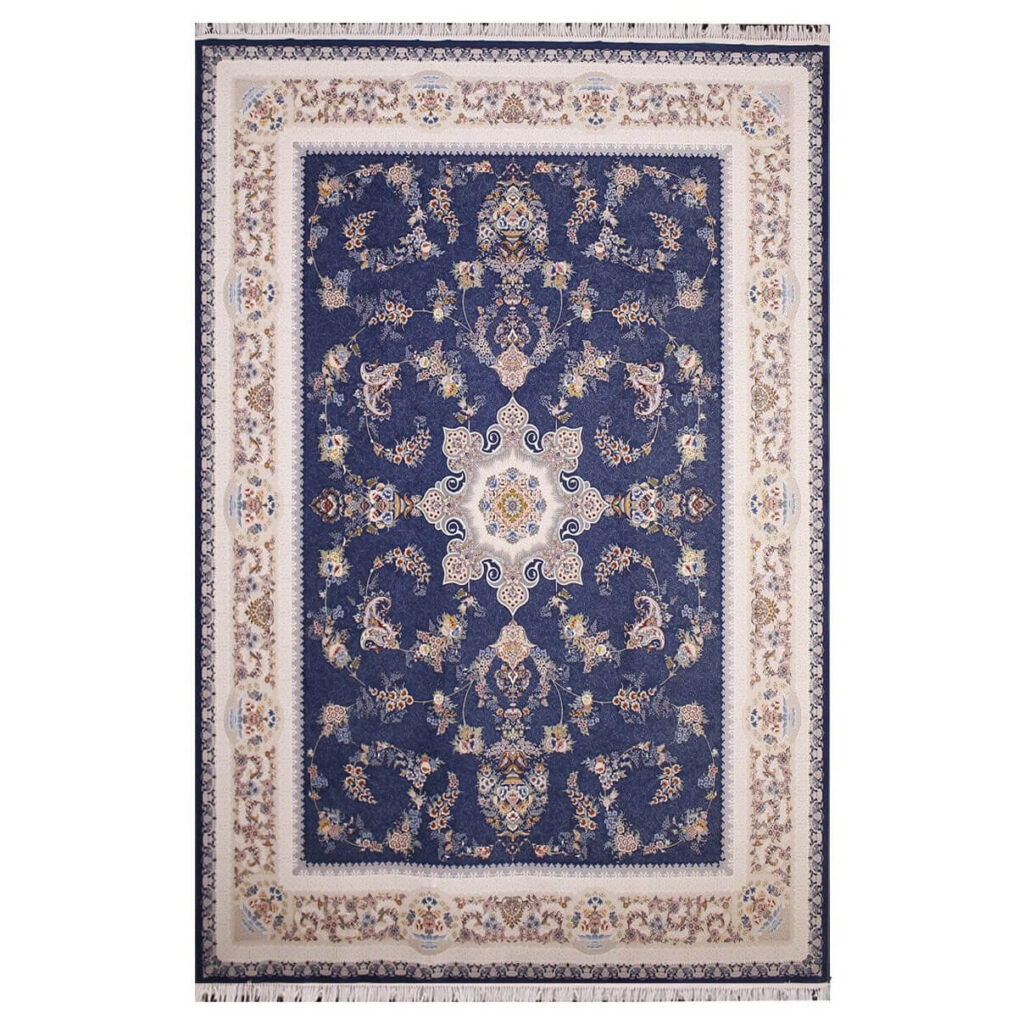
The Boteh-Jegheh design is one of the most recognizable motifs in Persian art. It resembles a curved cypress tree or flame, symbolizing life, eternity, and growth. This pattern is also known as the “Persian Paisley”, widely used in Kerman and Tabriz rugs.
✔ Elegant, curved, flame-like patterns
✔ Deep cultural symbolism of immortality and strength
✔ Frequently seen in Persian textiles and rugs
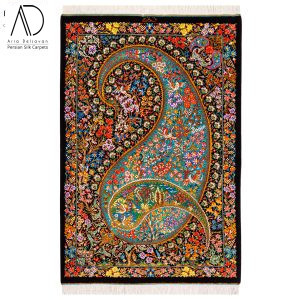
The Tree design in Persian rugs symbolizes nature, spirituality, and life. It often portrays trees in realistic or stylized forms, sometimes accompanied by birds and animals. This pattern is popular in Tabriz and Kerman rugs.
✔ Depictions of trees, birds, and natural elements
✔ Often inspired by Persian gardens
✔ Evokes a sense of peace and harmony
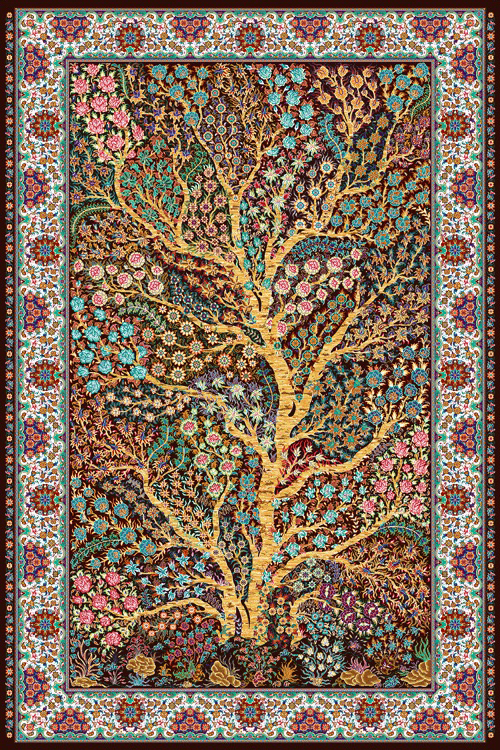
The Mihrab design is directly influenced by Islamic architecture, particularly mosques and prayer halls. It features an arched niche, often accompanied by columns and hanging lamps, symbolizing spirituality and devotion. This design is widely used in Persian prayer rugs.
✔ Inspired by mosque prayer niches
✔ Often includes columns and lanterns
✔ Ideal for prayer and meditation spaces

The Hunting Scene design is a dynamic and storytelling pattern, depicting hunters on horseback, animals, and natural landscapes. This intricate design reflects Persian aristocracy’s love for hunting and nature, often seen in Tabriz and Kerman rugs.
✔ Vivid depictions of Persian hunting scenes
✔ Complex details with figures in motion
✔ A luxurious and artistic addition to interiors
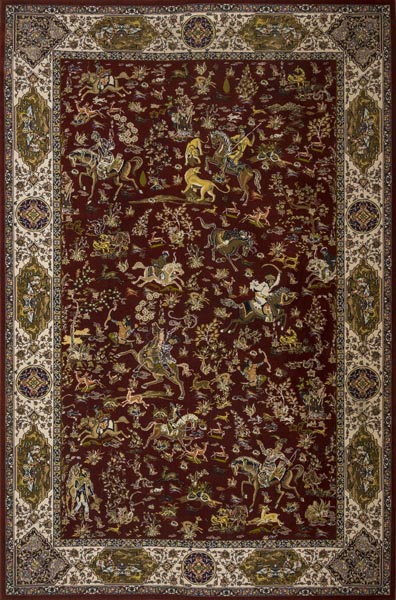
Traditional and classic Persian rug designs carry deep cultural, artistic, and historical significance. Whether it’s the floral elegance of the Shah Abbasi design, the dynamic energy of the Hunting Scene, or the spiritual essence of the Mihrab design, each pattern tells a unique story. Understanding these designs helps appreciate the craftsmanship behind Persian rugs and choose the perfect rug to enhance any space.
Persian tribal and village rugs feature unique, handcrafted designs that distinguish them from classical Persian rugs. Unlike formal and symmetrical designs, these rugs are woven by nomads and villagers based on their imagination and daily surroundings. The patterns are often geometric, symbolic, and inspired by nature and tribal life, making each rug one-of-a-kind. Below are some of the most famous tribal and village Persian rug designs:
Gabbeh rugs are one of the most well-known Persian tribal rugs, characterized by their simple, abstract, and sometimes spontaneous designs. These rugs are woven by Qashqai and Luri nomads in southern Iran and are made with thick, soft wool, making them exceptionally comfortable.
✔ Minimalistic and free-form designs
✔ Bright, naturally dyed colors
✔ High-pile and extremely soft texture
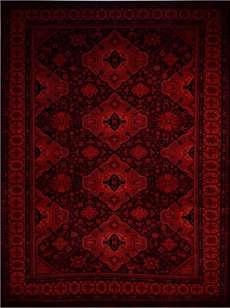
The Qashqai people are among the most skilled rug weavers in Iran. Their rugs often feature geometric patterns, stylized animals, birds, and tribal symbols, reflecting their nomadic lifestyle. These rugs are highly durable and have vibrant colors derived from natural dyes.
✔ Inspired by nomadic life and traditions
✔ Geometric motifs combined with animal and bird figures
✔ Bold and energetic color combinations

Bakhtiari rugs, woven by the Bakhtiari tribes of central Iran, are famous for their structured layouts and nature-inspired motifs. One of the most iconic Bakhtiari patterns is the “Khesti” (garden panel) design, which features repeating square or rectangular panels, each containing floral or animal motifs.
✔ Grid-like structure with distinct compartments
✔ Botanical and wildlife elements
✔ Rich color palette with earthy and warm tones

Turkmen rugs are easily recognizable by their deep red background and repeating geometric motifs called “Guls”, which are traditional tribal symbols. These rugs are primarily woven by Turkmen tribes in northeastern Iran, particularly in Golestan province.
✔ Dominant red and dark brown tones
✔ Repetitive geometric patterns (Guls)
✔ Minimalist yet highly symbolic designs
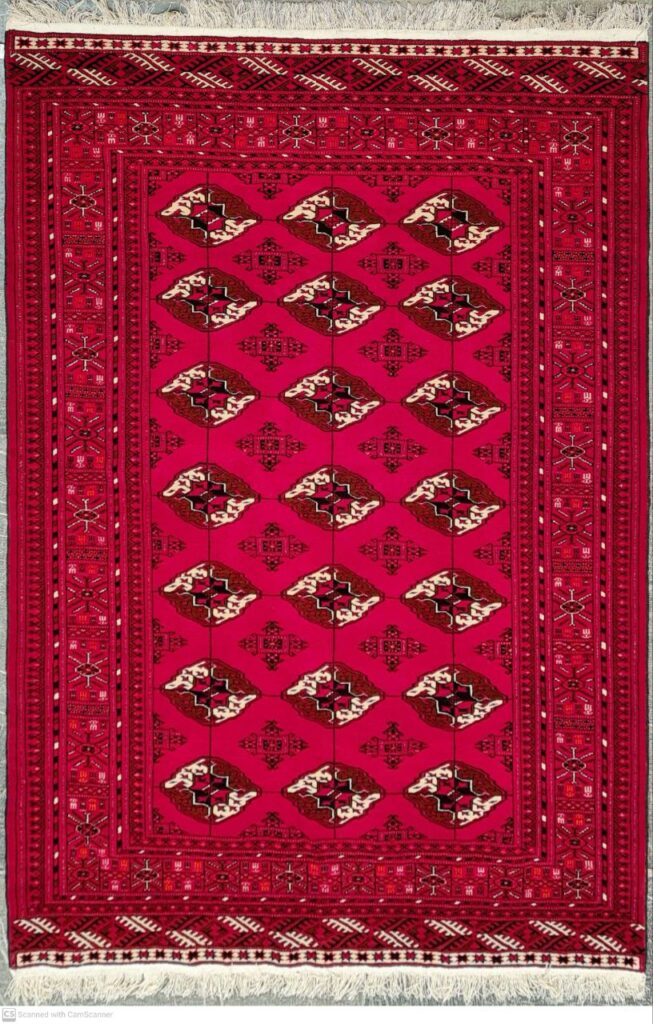
Heriz rugs, originating from the Heriz region in northwestern Iran, are known for their bold geometric designs, strong angular medallions, and durable structure. These rugs are woven with high-quality wool, making them one of the most long-lasting Persian rugs.
✔ Large medallion with sharp, angular edges
✔ Thick, sturdy weave for high durability
✔ Vibrant color combinations, often with deep reds, blues, and ivory
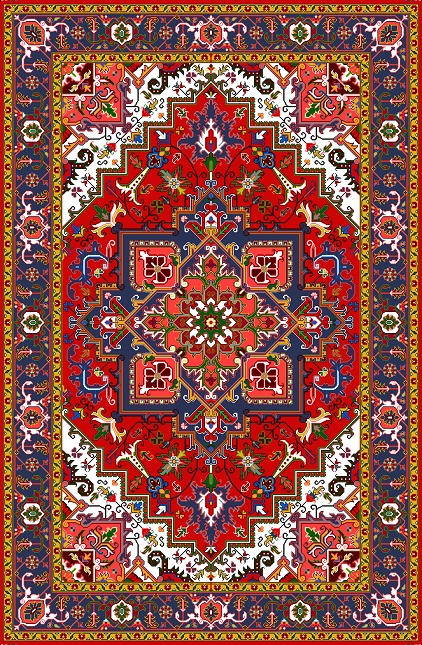
Persian tribal and village rugs are artistic expressions of nomadic and rural life, featuring bold geometric patterns, animal figures, and natural motifs. Unlike classical Persian rugs, which follow detailed and symmetrical designs, tribal rugs reflect the creativity and daily experiences of the weavers. Whether it’s the minimalist beauty of Gabbeh rugs, the structured elegance of Bakhtiari designs, or the bold patterns of Heriz rugs, these handwoven masterpieces bring warmth, authenticity, and character to any space.
Persian handwoven rugs are not only known for their traditional and tribal designs but also for the unique styles that originate from different regions of Iran. Each city and village has developed its own signature patterns, reflecting local artistry and culture. Additionally, in recent years, modern Persian rug designs have emerged, blending traditional craftsmanship with contemporary aesthetics. Below are some of the most famous regional Persian rug designs, as well as modern styles that have gained popularity.
Tabriz rugs, woven in the historic city of Tabriz, are among the finest and most detailed Persian carpets. They are famous for their intricate floral and medallion patterns, often featuring delicate vines, arabesques, and storytelling scenes. Some Tabriz rugs even depict historical or poetic themes.
✔ Extremely detailed and fine-weaved patterns
✔ A mix of floral, arabesque, and medallion designs
✔ Often incorporates silk highlights for extra elegance

Rugs from Nain, a city near Isfahan, are known for their soft pastel colors and highly detailed, symmetrical patterns. They are often woven with high-quality wool and silk, making them extremely luxurious.
✔ Soft color palette (cream, beige, light blue)
✔ Delicate and precise motifs
✔ Often contains silk details for extra finesse
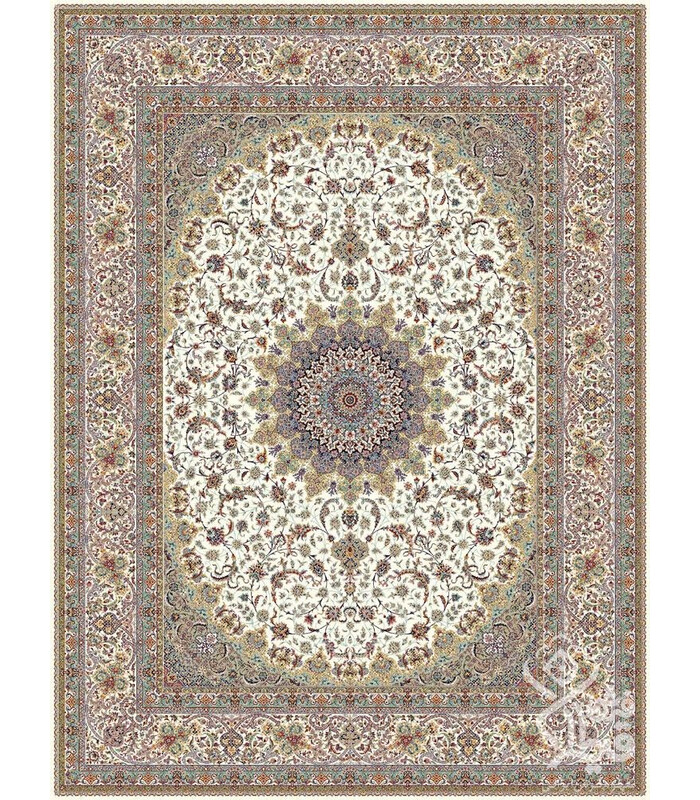
Kashan is one of the most famous Persian rug-producing cities, with designs that feature large medallions, floral motifs, and decorative borders. The traditional Kashan color scheme includes deep reds, navy blue, and ivory, creating a regal appearance.
✔ Large, symmetrical central medallion
✔ Warm, elegant color combinations
✔ Renowned for its durability and craftsmanship
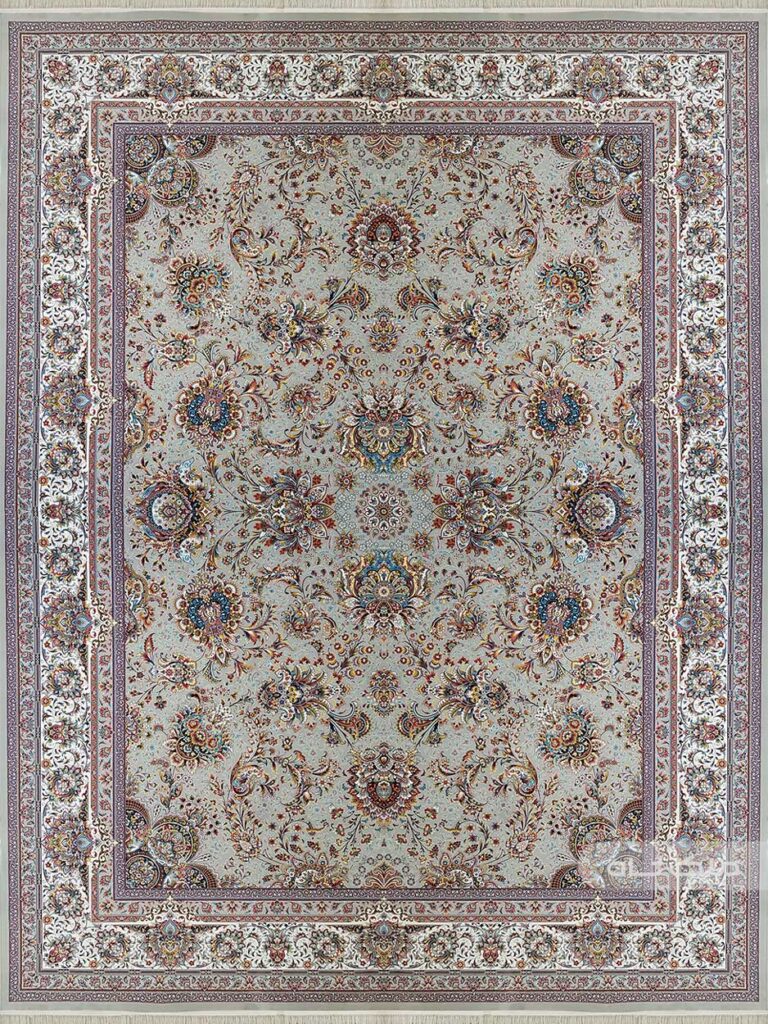
Rugs from Mashhad, a city in northeastern Iran, are luxurious and densely woven. They typically feature large Shah Abbasi floral motifs with a dominant red and navy background, creating a rich and royal look.
✔ Rich red and deep navy color palette
✔ Large-scale floral designs with central medallions
✔ Highly durable and finely knotted
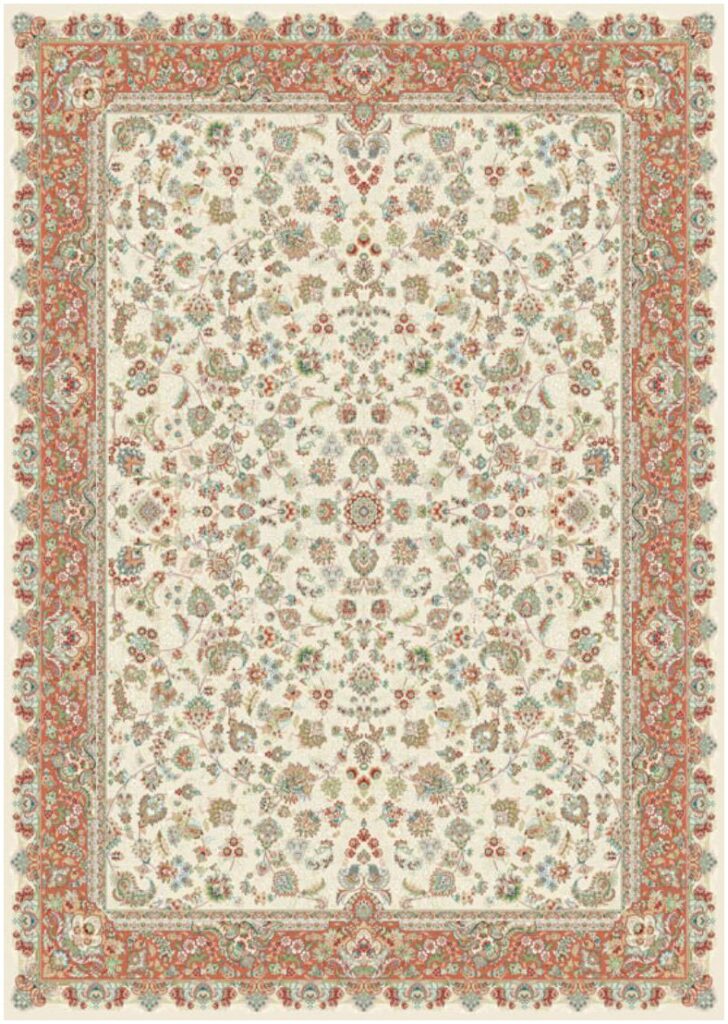
Qom (Qum) rugs are some of the finest and most delicate Persian rugs, often made entirely of pure silk. Their designs range from traditional floral motifs to detailed pictorial compositions, making them highly collectible and valuable.
✔ Made from high-quality pure silk
✔ Delicate, precise, and highly artistic designs
✔ Soft, luxurious color combinations
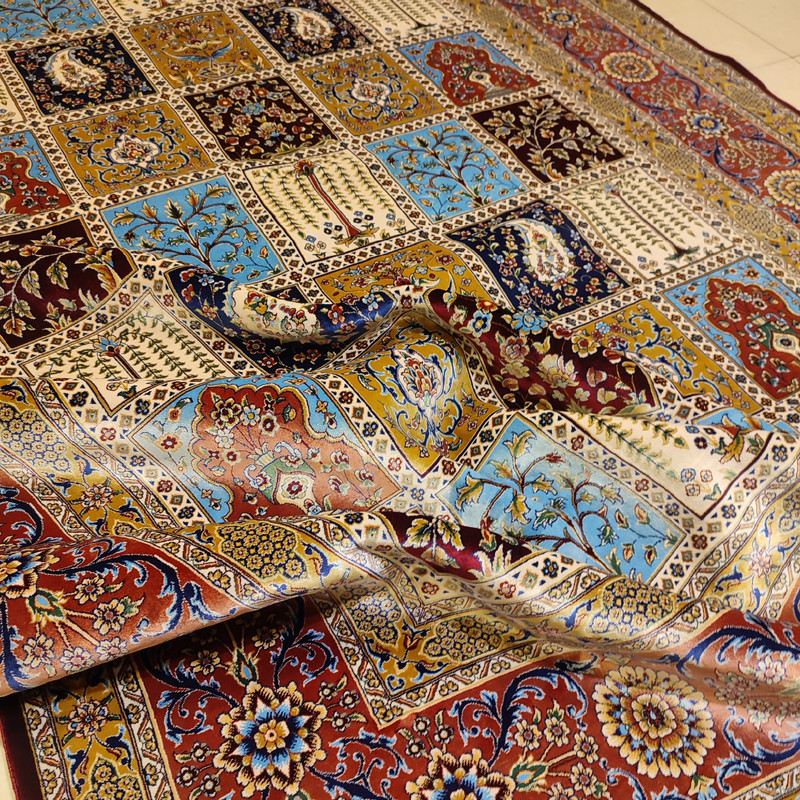
Rugs from Yazd, a historic desert city, combine elements from Kashan and Kerman designs. They often feature repetitive floral patterns and medallions, using earthy and pastel colors to create a warm and inviting feel.
✔ A blend of Kashan and Kerman motifs
✔ Subtle and sophisticated color schemes
✔ Highly durable and practical for everyday use
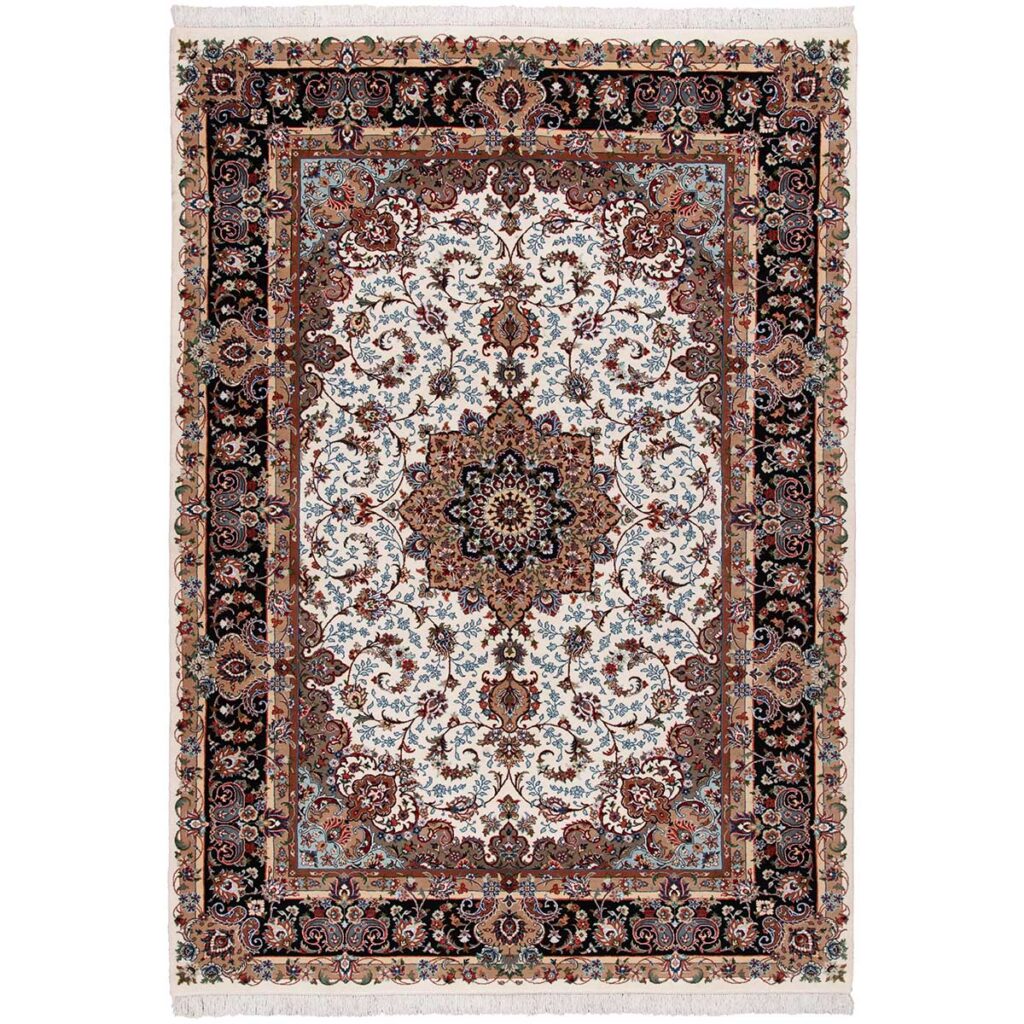
In recent years, Persian rug weavers have adapted to modern interior trends by creating contemporary designs that appeal to a wider audience. These modern rugs often blend traditional Persian patterns with minimalist and abstract elements. Some of the most popular modern styles include:
✔ A mix of classic Persian motifs with contemporary elements
✔ Bold color contrasts and artistic reinterpretations
✔ Perfect for transitional and eclectic interiors
✔ Newly woven rugs designed to look antique
✔ Muted, faded color schemes for a nostalgic effect
✔ Popular in bohemian and shabby-chic decor
✔ Simple, geometric patterns with clean lines
✔ Neutral tones like beige, gray, and soft pastels
✔ Ideal for modern, minimalist, and Scandinavian interiors
Persian rugs, whether traditional, regional, or modern, reflect a rich heritage of craftsmanship and artistic expression. Each region in Iran has developed its own signature patterns, from the refined elegance of Tabriz rugs to the vibrant and durable Mashhad designs. Meanwhile, modern Persian rug trends are reshaping the market by blending classic artistry with contemporary aesthetics, making them suitable for a wide range of interior styles.
By understanding these diverse designs, you can choose a Persian rug that best complements your space, whether you prefer the historical richness of a Kashan rug or the minimalist charm of a modern Persian carpet.
We are a family that considers our originality and pride in the production and supply of quality and beautiful handwoven carpets. We have been working in this profession for more than 50 years and have inherited our skills and experience from generation to generation. We have woven carpets inspired by Iranian nature, culture and art, each of which has its own design, color and meaning. We use the best raw materials and natural colors to produce our carpets and we care about the quality and accuracy of our work.